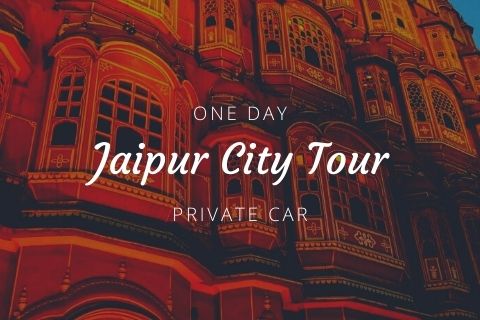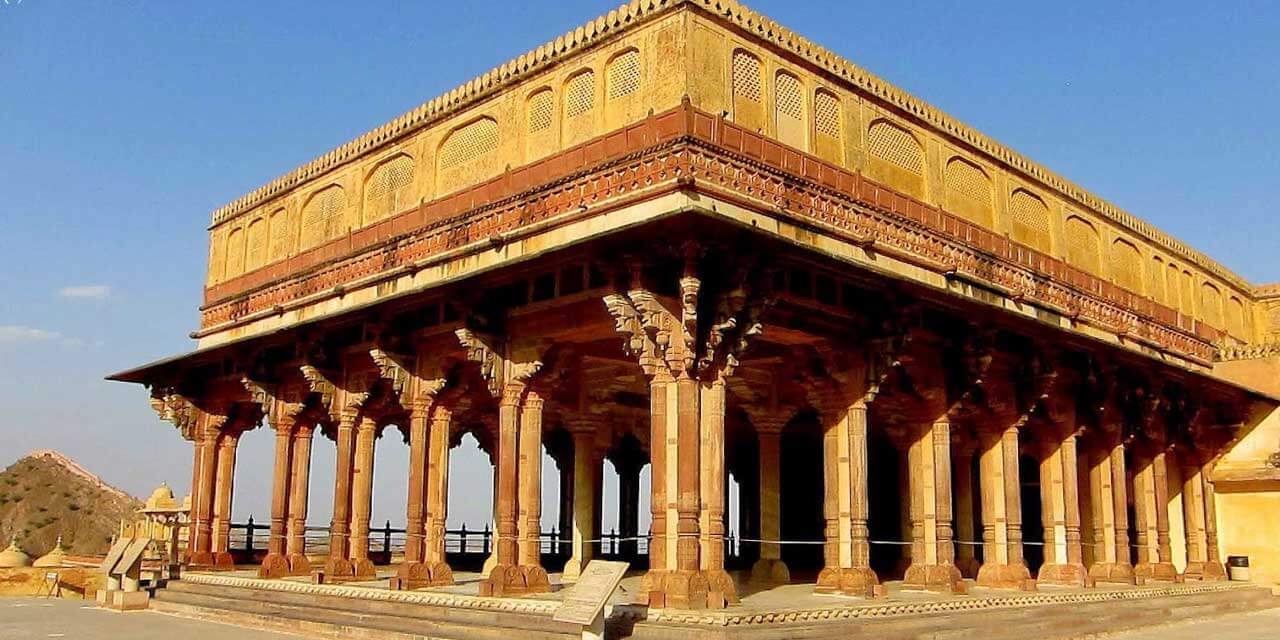Diwan-e-Am Jaipur Entry Fee
- 300 per person for Indian Adults (Day Visit)
- 200 per person for Indian Children (Day Visit)
- 700 per person for Foreign Adults (Day Visit)
- 400 per person for Foreign Children (Day Visit)
- 500 per person for Indian Adults (Night Visit)
- 250 per person for Indian Children (Night Visit)
- 1000 per person for Foreign Adults (Night Visit)
- 500 per person for Foreign Children (Night Visit)
Diwan-e-Am Jaipur Phone
0141 4088 888
Rating:  | 4/5 stars
| 4/5 stars
Based on total 12 reviews
Diwan-e-Am Jaipur Address: City Palace, Jaipur, Rajasthan, 302002, India
Jaipur Tour Packages
Diwan-e-Am Jaipur Timings
| Day | Timing |
|---|---|
| Monday | 9:30 am – 5:00 pm 7:00 pm – 10:00 pm |
| Tuesday | 9:30 am – 5:00 pm 7:00 pm – 10:00 pm |
| Wedesday | 9:30 am – 5:00 pm 7:00 pm – 10:00 pm |
| Thursday | 9:30 am – 5:00 pm 7:00 pm – 10:00 pm |
| Friday | 9:30 am – 5:00 pm 7:00 pm – 10:00 pm |
| Saturday | 9:30 am – 5:00 pm 7:00 pm – 10:00 pm |
| Sunday | 9:30 am – 5:00 pm 7:00 pm – 10:00 pm |
Among the many attractions of Pink City of Jaipur, ‘The Public Hall of Audience’ or the ‘Diwan-E-Aam’, as it is commonly called, is widely popular due to some interesting artefacts placed on display. The hall was built and designed on similar lines of design as the ‘Mughal hall of public audience’ with cusped arches and marble pillars as supporting columns.
History of Diwan-e-Am Jaipur
The Diwan-E-Aam was built along with the City Palace by Maharaja Sawai Jai Singh II, the founder of Jaipur, between 1729 to 1732.
What appears to be an open hall today, used to be covered with curtains in olden times. The hall was once meant for the king to address and listen to the concerns of the general public during sessions organized every day, just like a public court proceedings and hearings.
The hall used to be called ‘Sabha Niwas’ also and was used for public gatherings, social events, festival celebrations like Teej, Gangaur, Navratri and Dussehra. The Diwan-E-Aam was also used for coronations. The women of the palace had latticed and curtained windows or ‘jalis’, as they were called, to view the proceedings of the hall. These windows are located at the southern end of the hall on the first floor.
Architecture of Diwan-e-Am Jaipur
The interiors of Diwan-E-Aam are equally mesmerizing as the other monuments within the city palace complex. The ceiling of Diwan-E-Aam is painted in red and gold which stands out against the white marble structure and the ornate rugs that cover the floor. This set up reflects the richness of tradition through intricacies of the designs. The paintings displayed are a mix of Rajasthani, Mughal as well as Persian art by famous artists of the time. These paintings are miniature in size and are one of a kind.
The golden throne of the king leaves one spellbound with its rich and ornate design. The throne has marble elephant structures on either side of the handles of the throne.
The Diwan-E-Aam has now been converted into an art gallery with arms, chandeliers, paintings, miniature copies of holy scriptures from Hindu mythology like Bhagwad Geeta and many others. The scriptures are hand written copies. The cannons placed outside the hall is quite an attraction for visitors. There are embroidered rugs, Kashmiri shawls and carpets with intricate designs on display. Few crystal chandeliers are only displayed during special events.
Something that stands out among all the displayed artefacts in and around Diwan-E-Aam are two huge silver urns with a capacity of 4000 litres each. The urns are on display inside glass boxes and hold the Guinness Book of World Records for being World’s largest silver vessels. The urns were made by melting 14,000 sterling silver coins. Each urn weighs around 340 Kg and is 1.6 metre high.
The urns were made on the orders of Maharaja Sawai Mado Singh II for carrying water from holy Ganges used for drinking during his trip to England when he was invited to attend the coronation ceremony of King Edward VII in 1901. Since the Maharaja was a pious Hindu and strict vegetarian, he refrained from drinking water from any other resource in the Western country. The urns hence gained their names as ‘Gangajalis’.
Location of Diwan-e-Am Jaipur
The Diwan-e-Aam is located between the armoury and the art gallery within the City Palace complex of Jaipur.
Image Gallery of Diwan-e-Am Jaipur, India
Timings and Entry Fees of Diwan-e-Am Jaipur
Timings of Diwan-e-Aam: Diwan-e-Aam is open all days a week throughout the year. Day visit timings are from 9:30 AM to 5:00 PM and Night visit timings are from 7:00 PM to 10:00 PM.
Entry Fees for Diwan-e-Aam:
Day visit: The fees for Indian adults is INR 300 and for children (5- 12 years) the fees is INR 200. For foreign nationals, the fee for adults is INR 700 and INR 400 for children (5- 12 years).
Night visit: INR 500 for Indian adults and INR 250 for children. INR 1000 for foreign nationals (adults) and INR 500 for children.
Best time to visit Diwan-e-Aam: The Diwan-e-Aam can be visited all year round however; winter months, between October and March are the best months to visit since the weather remains cool and pleasant as compared to the scorching heat of summers.
Tips for Visitors of Diwan-e-Am Jaipur
- Carry sufficient water as it can be tiring to explore the entire area of the City Palace which also includes Diwan-E-Aam
- Carry scarf or caps to cover when the sun is up and scorching
- Photography is restricted at some parts of the hall. Hence, follow instructions appropriately
- Visitors may hire guides to understand the traditions and culture during the rule of Maharajas better and can also learn more about the displayed artefacts.
Places to visit near Diwan-e-Am Jaipur
1. Govind Ji Temple: One more gem of a place located inside the premises of the City Place, the Govind Ji Temple is prominently visited by devotees all year round.
2. City Palace: The palace that became the seat of Kachwaha Dynasty after the capital was shifted to Jaipur from Amer. The palace where the royals live even today. Take a custom guided tour around the palace and come back with the knowledge of history, culture and tradition of the dynasty.
3. Jantar Mantar: Built by Maharaja Sawai Jai Singh II, the brilliant and scholar king who had enormous knowledge about astronomy and mathematics along with architectural aesthetics. Visit the place to learn about the intricacies of medieval architecture and astronomical aspects.
4. Hawa Mahal: The Palace of Winds is one of the major attractions of Jaipur which is not to be missed for its architecture, colourful murals and glasses on windows and tiny jharokhas all over. Get a glimpse of the pink city from top of the palace through the tiny jharokhas (windows) in the same way as the ladies of the palace used to do.
How to Reach Diwan-e-Am Jaipur
Given the fact that Diwan-e-Aam is located inside the City Palace premises, it is very easy to reach here from all parts of the city by all means and modes of transport. Visitors can book cabs or auto- rickshaw or a cycle rickshaw. One may also reach the city palace by Rajasthan city bus.
Nearest Bus station to reach Diwan-e-Aam: Sindhi Camp Bus Stop. One may get down here and hire a rickshaw to the palace.
Nearest Railway Station to reach Diwan-e-Aam: Jaipur Junction Railway Station is the nearest railway station. Hire a cab from top car rental companies in Jaipur to reach the city palace in a comfortable manner..
If your travel plans bring you to Jaipur, consider booking a Jaipur tour package from Jaipur Tourism, a division of Holidays DNA. We make sure you have a great time while traversing this mesmerising location and explore the popular places to visit in Jaipur comfortably. Please fill the Contact Us form to know more.






